Welcome to the world of durability and flexibility—welcome to the realm of aluminum pipe hinges. In this article, we’ll explore the ins and outs of these versatile components, shedding light on why they’ve become a go-to choice for various applications.

Table of Contents
Understanding Pipe Hinge
A pipe hinge is a type of hinge designed specifically for use with pipes. These hinges are commonly used in applications where pipes need to be connected or where a swinging or rotating movement is required.

Advantages of Using Aluminum for Pipe Hinge
Using aluminum for pipe hinges offers numerous advantages, including its lightweight nature, exceptional corrosion resistance, and high strength-to-weight ratio. The material is durable, easy to fabricate, and cost-effective, making it a popular choice for load-bearing components. Aluminum’s aesthetic appeal, recyclability, and low maintenance requirements further enhance its suitability for various applications. Additionally, its temperature resistance and versatility make it a reliable and efficient option for pipe hinges in diverse environments.
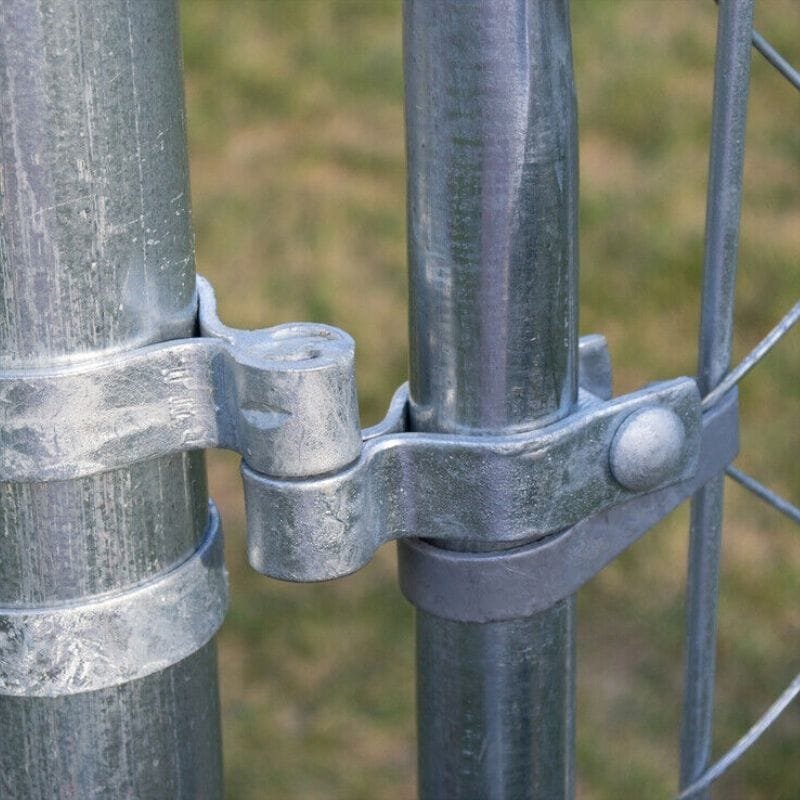
Types of Aluminum Alloy for Pipe Hinge
Various types of aluminum alloys are utilized in the construction of pipe hinges, each offering distinct properties suited for specific applications. Here are some common types:
- 6061 Aluminum Alloy: Known for its strength and weldability.
- 5052 Aluminum Alloy: Notable for its corrosion resistance.
- 6063 Aluminum Alloy: Recognized for its excellent extrudability and formability.
- 7075 Aluminum Alloy: Exhibits high strength, particularly in aerospace applications.
- 5083 Aluminum Alloy: Exceptional resistance to seawater corrosion.
- 2014 Aluminum Alloy: Known for its high strength and heat resistance.
- 3003 Aluminum Alloy: Offers good corrosion resistance and formability.
- 6060 Aluminum Alloy: Known for its good extrudability and surface finish.
- 5754 Aluminum Alloy: Exhibits excellent corrosion resistance and weldability.
- 2024 Aluminum Alloy: Known for its high strength and fatigue resistance.
Understanding the specific properties of each aluminum alloy type is crucial in selecting the most appropriate material for the intended application of the pipe hinge, ensuring optimal performance and longevity.

Finishes for Aluminum Pipe Hinge
- Anodized Finish: Enhances corrosion resistance and adds a decorative touch.
- Powder-Coated Finish: Offers color variety, improved corrosion resistance, and a smooth finish.
- Bare Aluminum Finish: Retains the metallic look, suitable for industrial aesthetics.
- Polished Finish: Provides a sleek and shiny finish for both decorative and functional purposes.
- Brushed Finish: Adds a modern and sophisticated touch, minimizing scratches.
- Chemical Finish: Allows for creative and customizable finishes.
- Clear Coat Finish: Guards against oxidation and corrosion.
- Lacquered Finish: Enhances durability and provides a glossy finish.
- Electrostatic Finish: Ensures uniform coating for improved aesthetics and protection.
Choosing the appropriate finish for an aluminum pipe hinge depends on factors such as the intended application, environmental conditions, and desired aesthetics. Each finish option contributes to the overall performance, longevity, and visual appeal of the pipe hinge.

Application of Aluminum Pipe Hinge
Aluminum pipe hinges find versatile applications across various industries and structures. Commonly used in gates, fences, doors, and entryways, these hinges offer a sturdy and smooth mechanism for controlled movement. Their adaptability extends to industrial machinery, marine environments, automotive components, and aerospace applications, benefiting from their lightweight yet robust properties. Aluminum pipe hinges are also integral to residential structures, custom projects, outdoor furniture, security gates, and construction projects. Their corrosion-resistant nature makes them suitable for greenhouses, agricultural structures, and playground equipment, showcasing their reliability and adaptability in diverse settings.
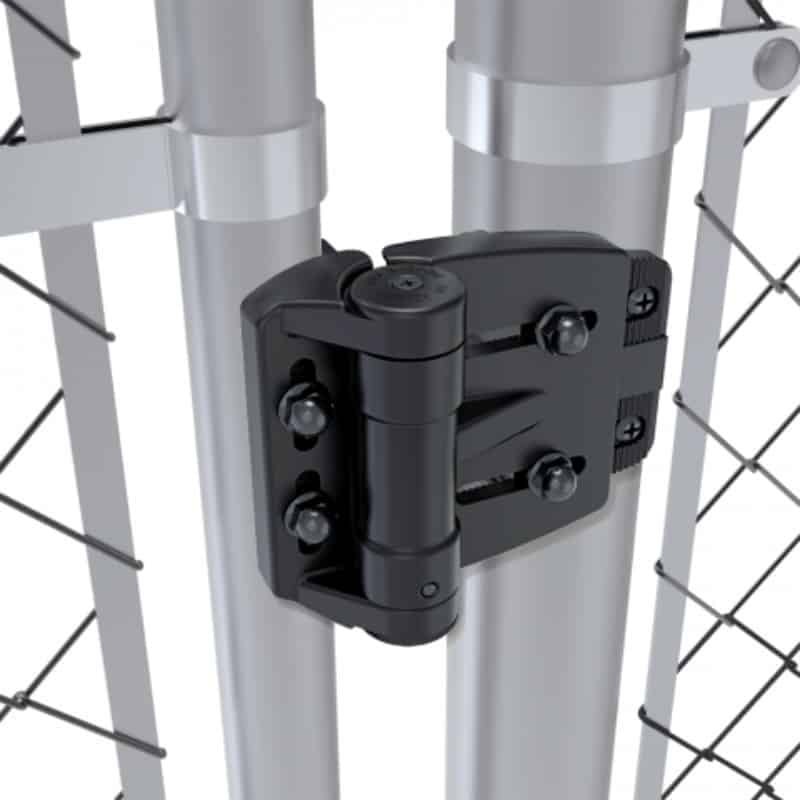
Choose the Right Size of Aluminum Pipe Hinge
Choosing the right size of an aluminum pipe hinge is essential for optimal performance. Consider factors such as weight capacity, pipe diameter, gate size, and frequency of use. Take into account environmental conditions, installation requirements, and the specific application type. Aesthetic considerations and manufacturer recommendations should also guide your decision. Anticipate future changes to the gate system for a well-informed choice that ensures durability and functionality.

Custom Aluminum Pipe Hinge
Creating custom aluminum pipe hinges involves several steps, and it’s important to work closely with manufacturers who specialize in metal fabrication. Here’s a general guide on how to proceed:
- Design and Specifications: Clearly define hinge specifications, and create detailed drawings or CAD files.
- Research Manufacturers: Look for experienced aluminum fabrication specialists with good reputations and relevant certifications.
- Request for Quotes (RFQ): Prepare an RFQ with design details, quantity, and additional requirements. Compare quotes from multiple manufacturers.
- Material Selection: Collaborate with the manufacturer to choose a suitable aluminum alloy based on strength, corrosion resistance, and cost.
- Prototyping: Request a prototype to ensure the hinge meets specifications. Evaluate for fit, function, and durability.
- Quality Standards and Testing: Establish quality standards and testing procedures, such as load and corrosion resistance tests.
- Production and Inspection: Move forward with production after finalizing the design. Implement regular quality control measures.
- Finishing and Coating: Discuss finishing and coating requirements, like anodizing or powder coating.
- Packaging and Shipping: Determine packaging needs and shipping options with the manufacturer.
- Feedback and Continuous Improvement: Provide feedback and consider an ongoing relationship for future projects.
Remember to consult with the manufacturer throughout the process to address any questions or concerns that may arise. Clear communication and collaboration are essential for a successful custom hinge manufacturing process.

Conclusion
As we conclude our exploration into the world of aluminum pipe hinges, it’s evident that these components offer a winning combination of strength, adaptability, and aesthetic appeal. Whether for residential gates or industrial doors, the aluminum pipe hinge stands tall as a reliable and durable choice.
Pipe Hinge Provided to Customers by HDC
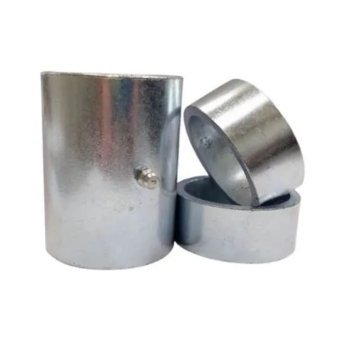
Zinc Plated Weld on Steel Pipe Hinge, 2.1 Inch

Weld on Unfinished Steel Pipe Hinge, 1.8 Inch

Weld on Steel Pipe Hinge, 1.2 Inch
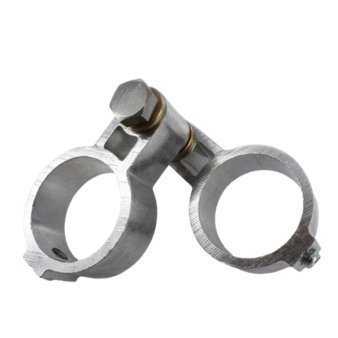
Bolt-on Aluminum Pipe Gatehinge, 1 Inch

304 Stainless Steel Chain Link Gate Pipe Hinge, 1 Inch

Heavy Duty Wall Mount Pipe Gate Hinge, 5 Inch

Galvanized Steel Hinge for Pipe Frame Gates,1 Inch
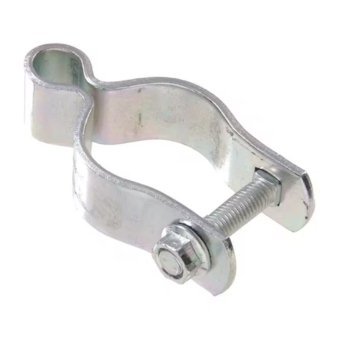
Chain Link Gate Zinc Plated Steel Pipe Hinge, 1 Inch




